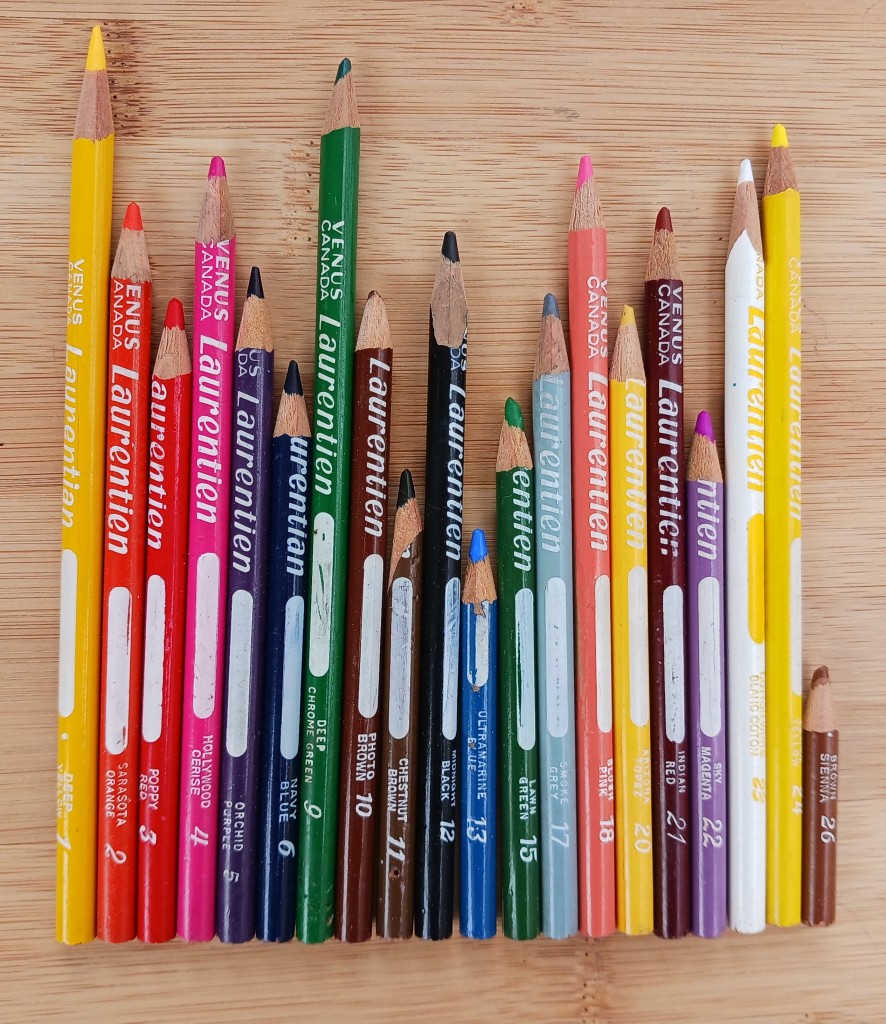
I am always surprised to discover more calligraphy nibs. Who knew there were so many different brands and types? I was given some nibs from William Mitchell, a British company that goes back to 1825 and is still manufacturing nibs near Birmingham. Over the years, they merged with other British brands like Gillott.
Of the Mitchell nibs I was given, I was most perplexed by the split nib on their Scroll Writers. I wasn’t sure what to do with these oddballs as the split nib means that they write with a double line. It was only when I used them on scripts traditionally written with broad nibs that I saw their potential. It gives a very decorative and lighter look to these hands and adds some whimsy. Unfortunately, it is also harder to hide mistakes. Another use of Scroll Writers is to create decorative borders.
I have two of the six sizes of this nib. With the size 40 I tried uncial.

I also have the broader size 10 which has a slightly wider tine on the right. I tried foundational and italic with this nib.

I’m looking forward to experimenting more with these.

The other two Mitchell nibs I have are similar to some Speedball nibs and come in a variety of sizes. The Mitchell Decro (0999-16) has a reservoir on top and a flat square writing tip like the Speedball A series.



The Script nib (0873 1 ½) also has a reservoir but the point is rounded like a Speedball B. This makes it good for monoline lettering.


If William Mitchell nibs were people, they would all share the same last name but be very different individuals, each with their own sense of style.







